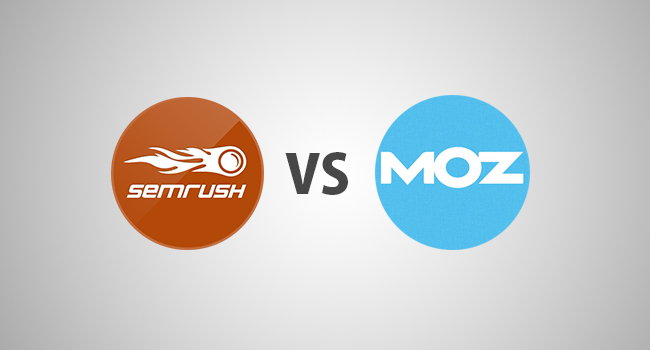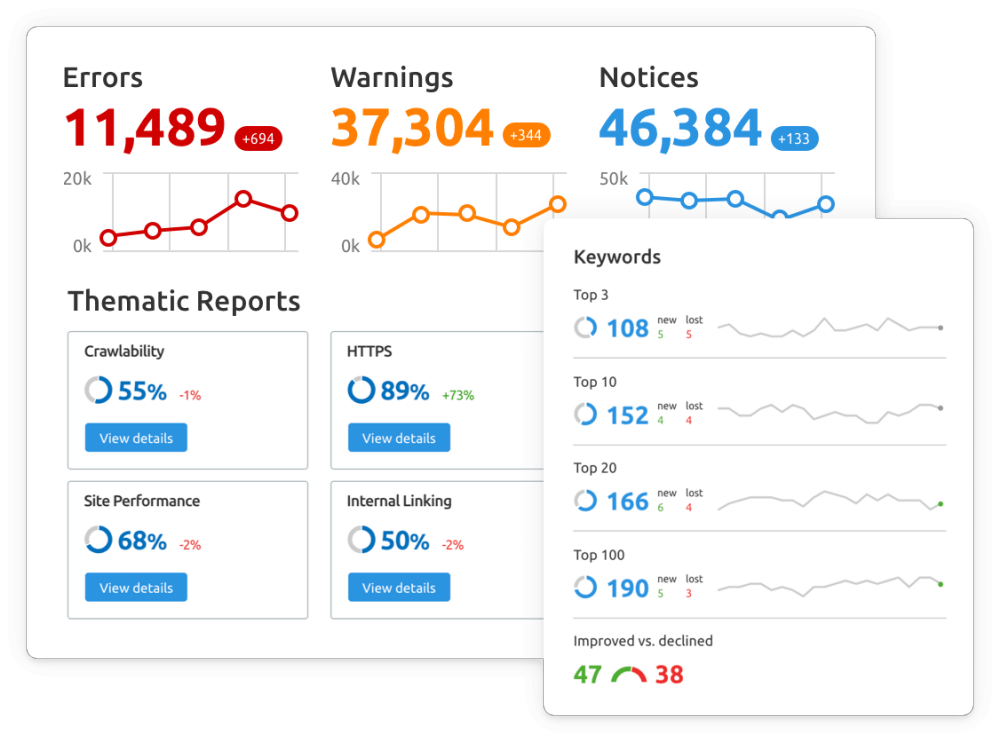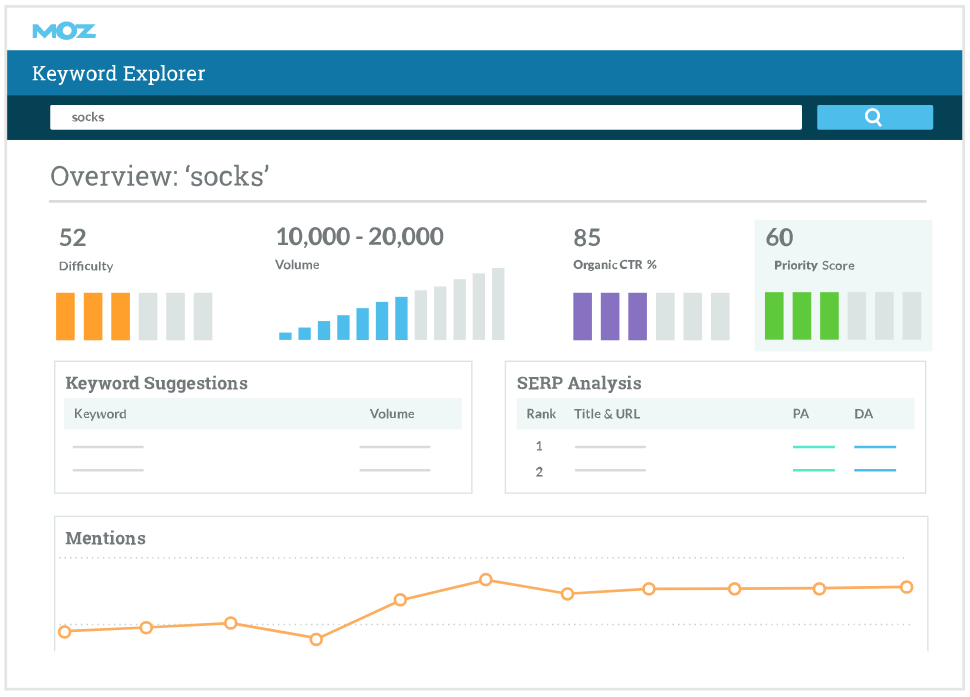
In this callously competitive epoch where dynamic business trends are constantly permeating the ecosystem of businesses, workplaces and subsequently the worker’s morale is affected the most. Recognition, appreciation, sense of camaraderie are in tandem with fair compensation and flexibility. These are the ubiquitous wants of most workers, irrespective of the generation they belong to.
Also, tumultuous changes over the last few decades and the recent pandemonium caused by COVID 19 have impacted the career path and priorities of every generation. This crisis is backed by freezing, hiring and forcing recruiters to drop prospective applicants owing to the lesser demands and pressure to trim payroll.
Organizational shifts that breaks employee’s esprit de corps
Increased employee turnover: Workers of all generations are impacted by unprecedented technical, social and economic changes. In search of betterment or inability to adapt to the new changes drives disgruntled workers to put up their papers. Baby boomers exit and make way for millennials to actively replace them. Millennials are the impatient ones keen to switch over to jobs promising growth and job satisfaction, and they too are being slowly replaced by generation Z.
Apart from draining hard costs, watching colleagues leave also affects the soft costs like disengagement, lower productivity, cultural impact, etc. all of which upset the workplace equilibrium. Employee retention strategies like Resource management tools can reduce churn rate after assessing the availability of skill sets before deploying them to tasks that fit the bill.
According to the Society for Human Resource Management (SHRM), organizations that focus and invest in employee retention strategies are paid off in the long run. The ulterior motive of employee retention strategies is to retain talented and motivated workers who will contribute to the growth of the organization.
Recommended article: Drive Profitability with Next-Gen Resource Management Software
Poor visibility
The inability to foresee demands and allocate resources accordingly often results in failure of resource optimization. Visibility is the direct outcome of strategic allocation of resources, effective assignment of tasks and discerning bottlenecks ahead of time. Prognosticating active, as well as future projects, helps connect tasks in alignment with the company’s goals and keep workers’ motivation on track.
To sum it up, good visibility ensures a bird’s view of all the running and pipeline projects so that the right task requiring a specific skill set can be allotted to the right resource at the right time. This automatically minimizes the risk of under or over usage of resources. Project management software aids in task management, facilitate 360-degree visibility and real-time reporting and minimize under or overutilization of resources. With a plethora of project management tools available in the market picking one that meets the organization’s critical requirement ensures a healthy workplace and happy workers in the long run.
Recommended article: Simple Guide for Choosing the Best Project Management Software
Lack of effective communication
The multigenerational workforce are working symbiotically, and effective communication at all touchpoints is crucial. Silos within the organization hinder the smoothness and efficiency of work. Tacit communication may work to some extent within the small pool of senior management personnel but fails to fit the bill when knowledge transfer occurs within a diverse workforce. Misinterpretation caused due to the generation gap, delay in dynamic report generation, limited access to file-sharing, etc., generates uncertainty and wreaks havoc in the workplace.
Resource management software can be deployed when multiple active projects are running simultaneously to take on profitable work while distributing capacity uniformly. Revised schedules reflecting updated information helps in estimating staff demand fluctuations. The concerned manager is alerted to prevent double/overbooking or underbooking of benched resources.
Problem employee: We all have come across that one bullying employee, or the disruptive one, the rigid co-worker or the one who refuses to take ownership of their actions. A study conducted by Harvard Business Review on senior managers from various specializations shows that problem employees were predominantly draining costs and slacking productivity.
These employees undermine trust, curtail innovation and output, and most importantly, weaken employee motivation.
Managers can dig deeper into the root cause of difficult employee behavior by listening to them and frame solutions that mitigate the underlying issue. Other ways that facilitate healthy collaborative work culture include the cultivation of soft skills, encouraging good team dynamics, workplace mediation, giving specific feedback and the opportunity to change. Touching on an individual member’s strengths and weaknesses will enable them to take in constructive criticism. Finding the right fit between employees’ strengths and the jobs they are assigned to ensures success in the long term and keeps worker’s apathy at bay.
Telecommuting empowers flexibility: The modern workforce is constantly evolving and millennials are playing a pivotal role in ruling the current business scenario. Likewise, the worker’s expectations from organizations are shifting towards a flexible and agile workplace. Today’s workforce is stretching out their options to work on diversified projects while balancing work and life with elan. The need to minimize career gaps and facilitate a smooth transition while working on value-driven multiple projects, telecommuting is gaining momentum with every passing day.
In addition to flexibility, telecommuters earn more by saving on transportation costs, putting more hours at work, spacing out their breaks and resume work feeling fresh. The ability to work outside the constraints of a brick-and-mortar office space accelerates the productivity and retention strategies of businesses.
However, telecommuters also face unavoidable challenges like distractions at home especially if they have young kids, disconnected workers due to communication glitch, and discrepancies related to work delays. Organizations should have a well-planned remote work strategy and guidelines entailing pragmatic work goals. Leaders must identify and set clearly defined goals, the lack of which may cause employee isolation and lesser collaboration.
Recommended article: Putting a Price on People Problems at Work
The Takeaway
Rapid changes in the workplace are already compelling the future workforce to predict, build possibilities, and prepare for it. Ever since technology and AI are restructuring the workflows, millennials are viewing jobs drastically differently than their predecessors. Organizations must realize that passivity is not an option, but a proactive approach will bring about synergy at the workplace and boost worker’s morale.
Author Details

Mahendra Gupta
I’m an engineer-turned-project manager with a keen interest in traveling, writing and fine dining. I love keeping up with the industry and p2p networking to grow my strengths. My forte lies in business startups, leading teams, managing flex work, and safer investments.





